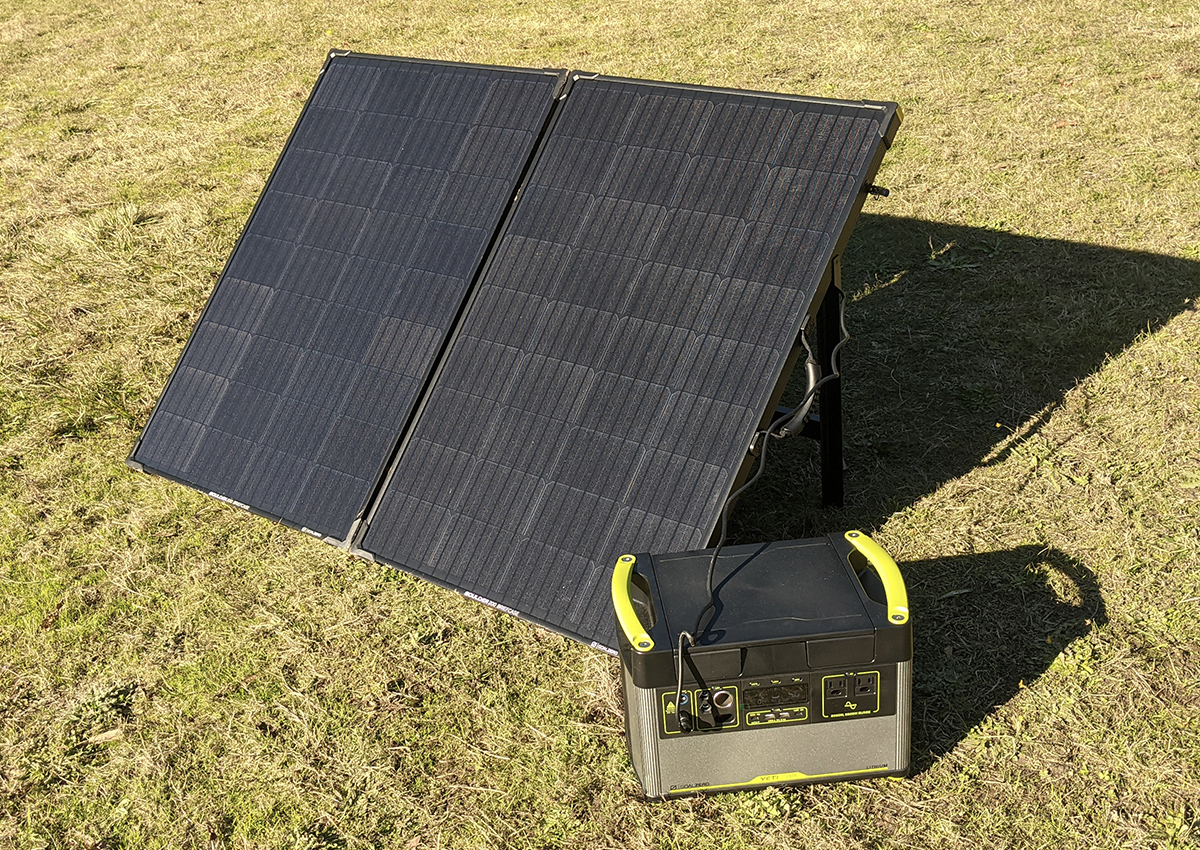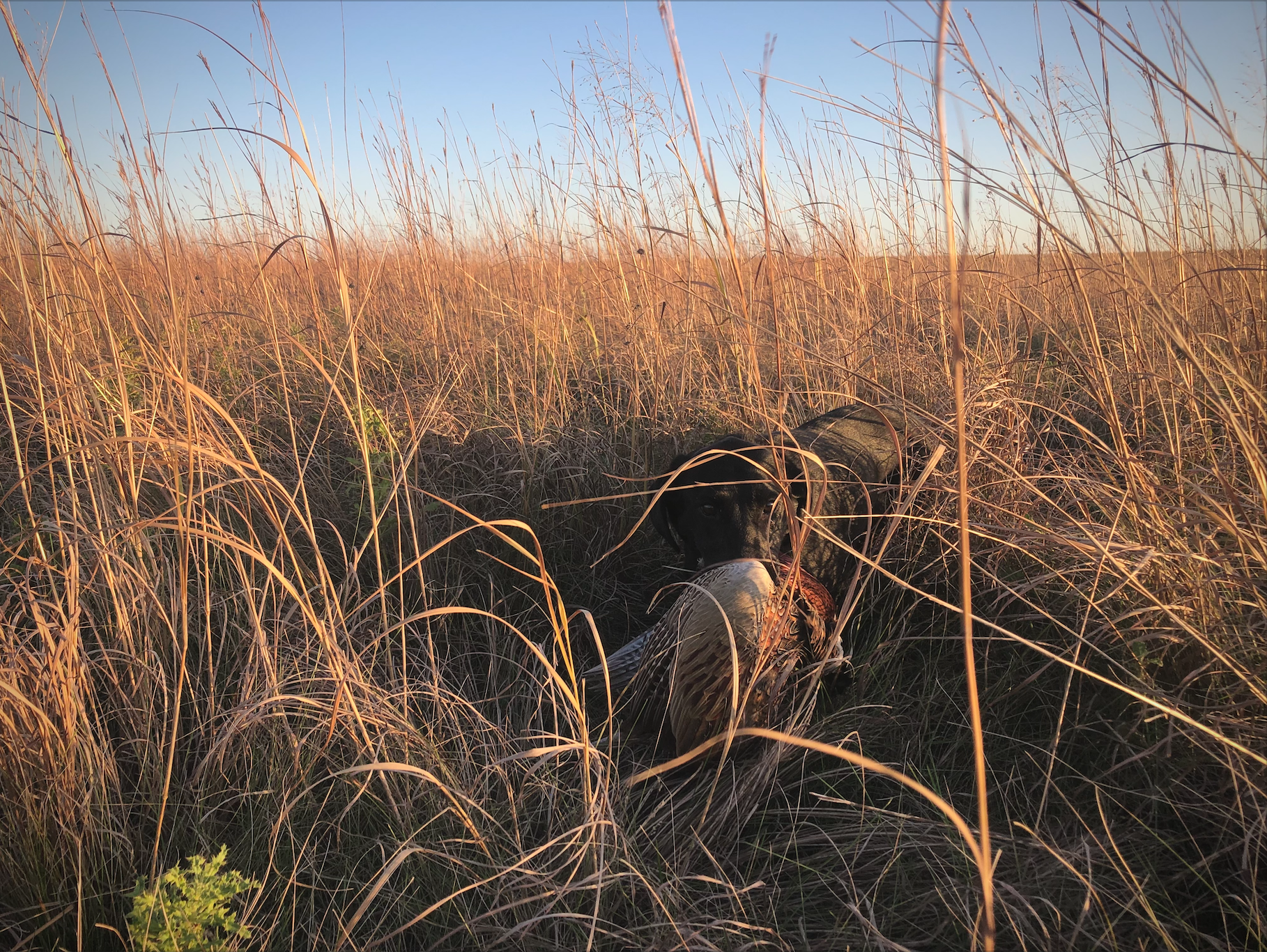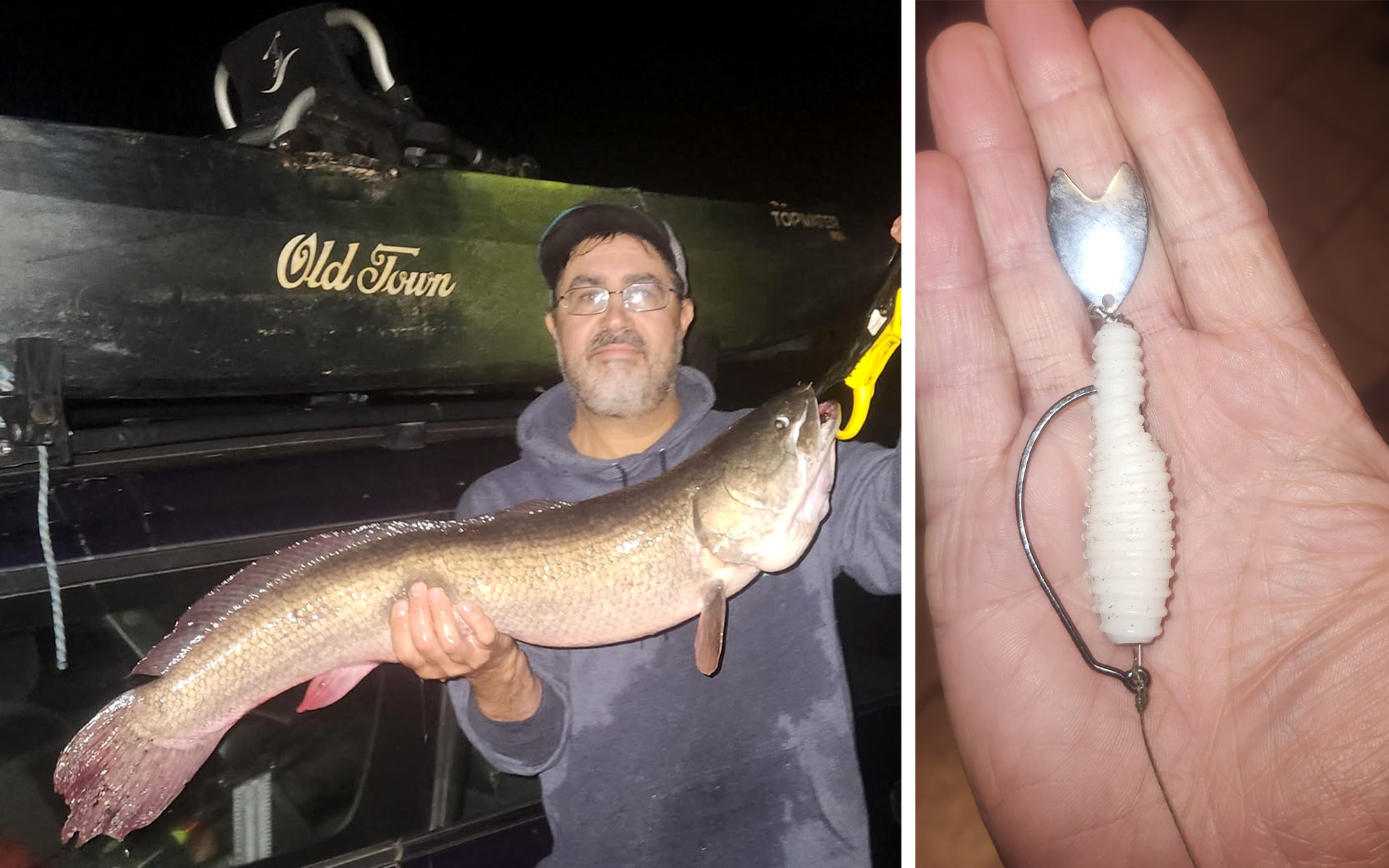1791 Gunleather: Affordable Custom Craftsmanship

These are remarkable times for shooters. Over the last couple decades, we’ve experienced a revolution in manufacturing that has given us handguns, shotguns, and rifles that are generally more accurate, reliable, and in many cases more affordable, than anything our fathers and grandfathers ever owned.
Credit the rise of CNC machining and its ability to hold insanely tight tolerances. It’s to the point where any person with a modicum of mechanical ability can take a barrel, action, trigger, and stock, screw them together, and end up with a high-quality precision rifle.
I’ve celebrated these advancements in different stories that touch on innovation in the world of firearms, but one thing it seems we’ve lost in this technological progression is old-school craftsmanship. Many skills that gunmakers used to have as a matter of course have become rarities. The ability to shape wood by hand to make a perfectly inletted stock. Being able to work with a file or graver to adorn metalwork. Manually cutting rifling and hand-lapping the bore.
While those skills are increasingly part of a bygone era it turns out there is still plenty of impressive craftsmanship out there if you know where to look.
I recently spent a week in Mexico City with the owners of 1791 Gunleather, and my time touring their facilities and seeing how they make holsters and other accessories did my heart good. The skilled artisans who work there impressed me to no end and gave me newfound respect for all that goes into their products.
Understanding Holsters
Shooters in the know take their holsters seriously. Whether you carry for personal protection, wilderness survival, or competition, the importance of the holster cannot be overstated. It is the critical interface between your body, your firearm, and your hand.
When you think about all the things we expect from a holster, it is quite a list. It needs to retain the firearm in a secure manner; be comfortable to wear; allow for smooth access to the gun when needed; hold up to long-term use without falling apart; and help hide or obscure the gun if being used for concealed carry.
1791 Gunleather Background and Philosophy
The people who run 1791 Gunleather have a deep appreciation for this and understand that a good holster doesn’t skimp on any of these criteria.
The company has been around since 2015 and was founded by Rambo Romani and Alex Toussieh, who’ve been friends since elementary school, along with Jesus Colin, who is a master leathersmith. Together, the three of them oversee the product development and manufacturing, which takes place in the company’s workshop in Mexico City, and employs about 80 people.
(The date 1791 refers to the year that the Bill of Rights was ratified by Congress, including the Second Amendment.)
In many ways, Jesus sets the tone for the company. His office includes a workbench, sewing machines, and walls lined with tools that allow him to come up with ideas and make prototypes to test.
Among his tools are pieces of bone and antler with specific shapes that are used during the manufacturing process. While fitting leather around a pistol blank, for instance, Jesus will take one of these tools and work the leather by hand to create a perfect mold around the trigger guard, front sight, and slide. These sculpted contours create a balance between positive weapon retention and allowing the gun to be pulled free without undo effort.
Hand-Crafted Manufacturing
The techniques that Jesus utilizes in his personal workshop translate directly to the floor, where the employees use them on a larger scale. Just about every step of the way you can see the handwork that goes into the holsters.
Individual Templates
Making a holster starts with stamping out a pattern from leather. Hides are stacked in piles, with different types (steer, deer, etc.) used for different models of holsters. Steerhide, for instance, is used for many OWB holsters, as it is thicker and stiffer, while deer hide is an ideal material for IWB carry thanks to how supple and comfortable it is against the skin.
While some holsters can fit multiple guns, many require a unique template specific to an individual model, such as the left-handed OWB I got for my Staccato CS. So, the company has dozens of forms on hand to cut the pieces used to construct the holsters.
Station To Station
These leather building blocks make their way through the factory, going from one process to the next. Some of the steps are so simple that a gunwriter can do it (like tapping two pieces of rawhide with a small hammer so that the adhesive on them bonds correctly) while many require a high degree of skill.
When watching pieces of leather get stitched together and seeing the needle advancing at identically spaced intervals with each downstroke, and then finished with a stitch that backtracks perfectly over the initial holes, you realize you’re witnessing next-level skill.
That craftsmanship is evident in the shaping of the leather with the aforementioned hand tools, the texturing that’s added on the surface of the leather where it contacts the gun, with the finishes that are put on the leather to give it smooth, rounded edges, and with the staining and curing process that completes the build.
Made By Hand, But Affordable
As much as anything else, I was struck by the passion and dedication of everyone who works at 1791 Gunleather. Right up there with the skill of the workers is the obvious pride they take in what they make.
The holsters are the star of the show, and you don’t need to be a connoisseur to appreciate their beautiful functionality and durability. They are built to hold up to years of rigorous service.
Given all the custom handwork that goes into the holsters, I’m amazed at how affordable they are. When I think about some of the holsters I’ve had made over the years, and what they cost, I can tell you that 1791’s holsters are an incredible value.
Yes, you can get a bargain-basement holster for less. But those holsters won’t hold a candle to the quality, durability, and comfort to those that 1791 makes.
The same work ethic and quality goes into 1791 Gunleather’s other products too. Their gun belts, ammo carriers, EDC organizers, and rifle slings are all built to the same high standards.
What Difference Does It Make?
One bit of conventional wisdom for people buying rifles is to not skimp on the optic. The old rule of thumb says to plan to spend as much on the glass as you do on the rifle. That’s not bad advice.
In a similar vein, it doesn’t make sense to invest in a nice handgun, especially one you plan to carry on your person, and stick it in a cheap holster.
A quality holster makes a big difference. It makes carrying a gun safer and more comfortable. And the extra you might spend upfront will pay for itself in terms of the holster’s longevity.
Read Next: Best Concealed Carry Guns
What’s so cool about 1791 Gunleather is that you get best-in-class ergonomics, craftsmanship, and a holster made from traditional, durable materials at moderate prices. It is the very definition of a win-win.
Read the full article here







